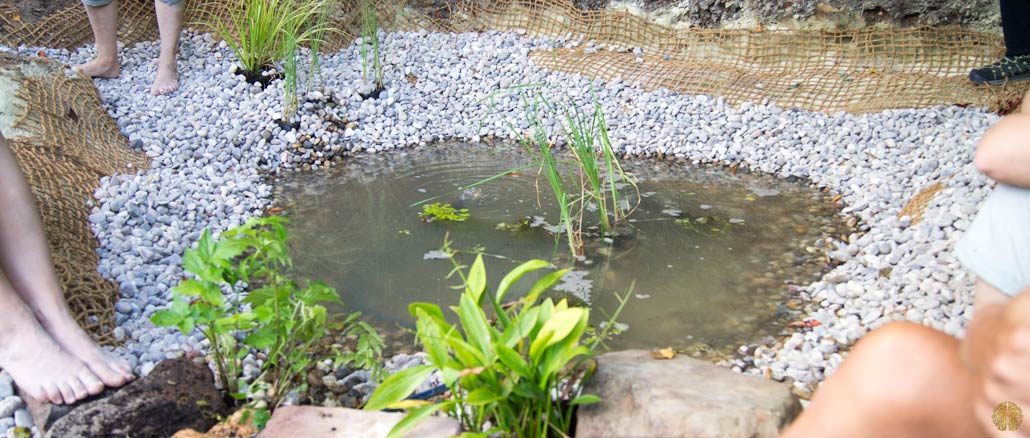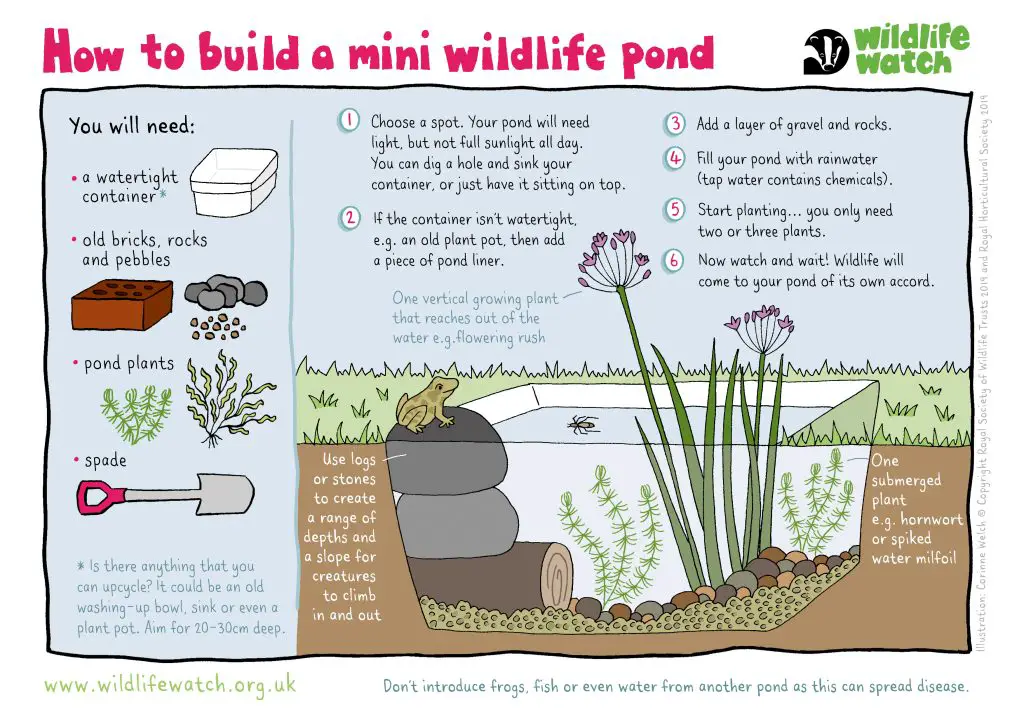Building a small natural pond in your backyard can be a rewarding and enjoyable project. Not only does it enhance the aesthetic appeal of your outdoor space, but it also creates a natural habitat for wildlife and provides a peaceful retreat for relaxation. In this guide, we will walk you through the steps to create your own small natural pond.
1. Planning and Design
Before embarking on the construction of a natural pond, it’s important to carefully plan and design the layout. Consider the size and shape of the pond, as well as its location in your yard. Take into account factors such as sunlight exposure, proximity to trees, and accessibility for maintenance.
Sketch out your ideas and visualize how the pond will fit into your overall landscaping. Think about incorporating natural elements such as rocks, plants, and possibly a small waterfall to enhance the aesthetics and create a more natural look.
2. Site Preparation
Once you have a clear vision of your pond, it’s time to prepare the site. Start by marking the perimeter of the pond using spray paint or stakes and string. Use a shovel to excavate the area, creating a shallow shelf around the edge for plants and wildlife to thrive.
Remove any rocks, roots, or debris from the site, and ensure that the ground is level. It’s essential to create a stable and even base for the pond liner to prevent leaks and maintain the structural integrity of the pond.
3. Pond Liner Installation
The next step involves installing the pond liner, which will hold the water and create the foundation for your natural pond. Choose a high-quality, durable pond liner that is resistant to punctures and UV degradation. Spread the liner over the excavated area, allowing for some overhang to secure the edges.
Gently press the liner into the contours of the pond and smooth out any wrinkles or folds. Use rocks or bricks around the perimeter to hold the liner in place temporarily. Trim any excess liner, leaving a few inches of overhang to accommodate the final edging.
4. Adding Natural Elements
Now comes the fun part – adding natural elements to enhance the beauty and functionality of your pond. Consider incorporating rocks and boulders around the edges to create a natural transition between the pond and the surrounding landscape.
Introduce aquatic plants such as water lilies, cattails, and floating plants to provide shade, oxygenate the water, and create a habitat for fish and other wildlife. These plants not only contribute to the natural ecosystem of the pond but also add visual interest and texture.

Credit: www.svarttorpet.se
5. Filling the Pond
With the pond liner in place and the natural elements added, it’s time to fill the pond with water. Use a garden hose to slowly fill the pond, allowing the water to settle and the liner to conform to the contours of the pond. It’s important to monitor the water level and make any necessary adjustments to ensure proper alignment and stability.
6. Maintenance and Care
Once your small natural pond is up and running, it’s important to establish a regular maintenance routine to keep it healthy and thriving. Remove any debris or fallen leaves from the surface of the water, and trim back overgrown vegetation to maintain a balanced ecosystem.
Monitor the water quality and consider adding beneficial bacteria to control algae and maintain water clarity. Keep an eye on the overall health of the pond, including the condition of the liner, the growth of plants, and the well-being of any fish or wildlife that may inhabit the pond.

Credit: www.youtube.com
7. Enjoying Your Natural Oasis
Now that your small natural pond is complete, take the time to sit back, relax, and enjoy the tranquil beauty of your own backyard oasis. Whether you’re watching the wildlife that is attracted to the pond, listening to the soothing sounds of a small waterfall, or simply taking in the visual appeal of the natural elements, your pond is sure to provide a peaceful retreat for years to come.
By following these steps and incorporating your own creative ideas, you can build a small natural pond that not only enhances the natural beauty of your outdoor space but also contributes to the overall health of the environment. Embrace the opportunity to create a sustainable and harmonious ecosystem right in your own backyard.




